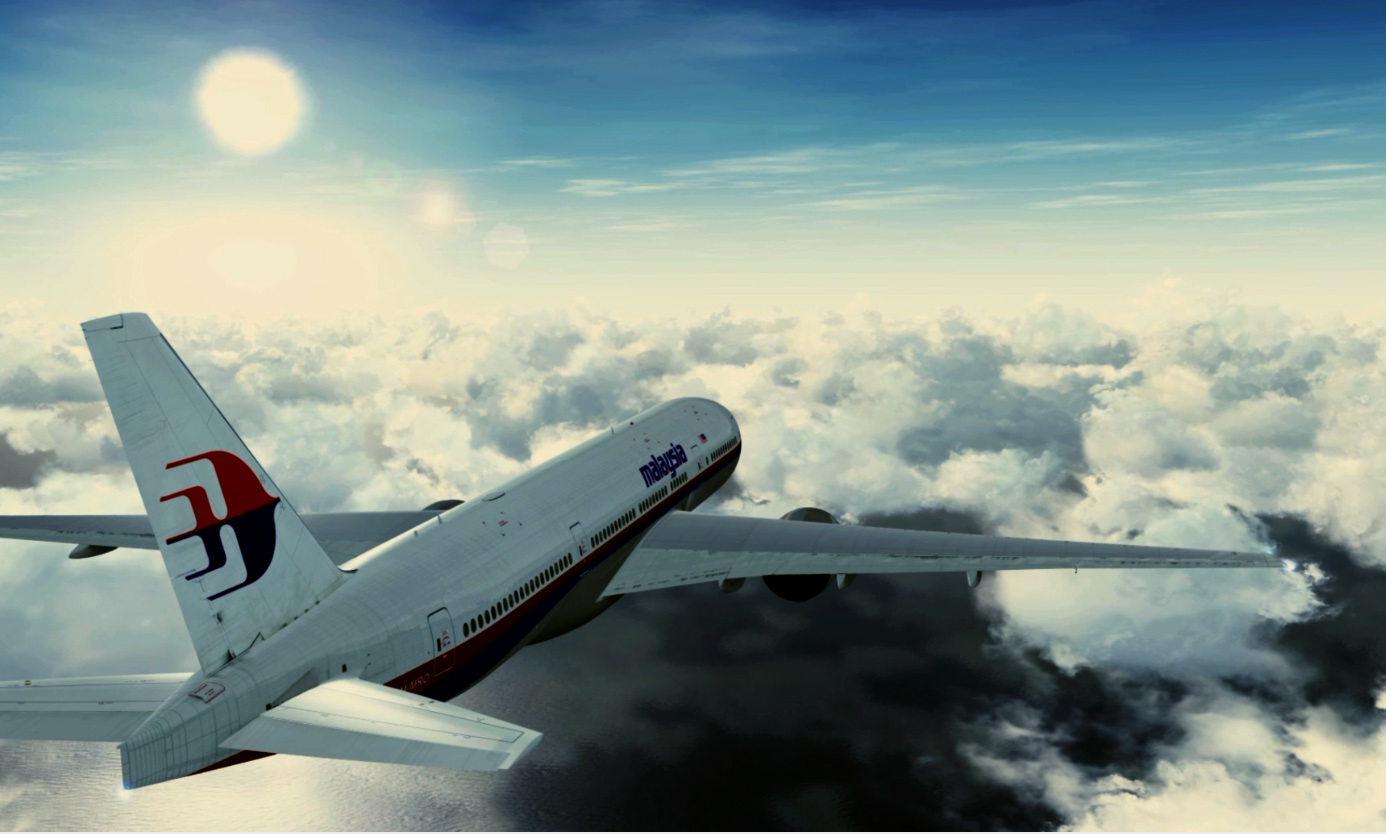MH370 TRACKING EXPERT DEBUNKS NEW CRITICAL REPORT
16 September, 2022
4 min read
By joining our newsletter, you agree to our Privacy Policy


MH370 tracking expert Richard Godfrey has responded to a recent paper titled “WSPR Azimuth Error” and has debunked its claims.
Mr Godfrey responds as follows:
"An anomalous position indicator defined by the GDTAAA software and based on the WSPRnet data is made up of at least two lines (and possibly more) between at least two transmitter-receiver pairs that intersect at the aircraft position. If the transmitter, aircraft and receiver do not align, there can be no anomaly. Anomalies occur in either the signal-to-noise ratio (SNR) or frequency drift or both. These SNR anomalies are greater than one standard deviation from the mean SNR over a ±3 hour period on either side of the test datum.
"The long-distance propagation path of an HF radio transmission is via refraction in the ionosphere. The propagation of an HF radio wave is depicted as a great circle path but projected onto the earth’s surface. If the aircraft is not on the propagation path between the transmitter and receiver, then the aircraft will obviously not disturb the radio wave by either forward or backscattering. This was shown in detail in section 13 of a recent paper by Richard Godfrey and Dr. Hannes Coetzee:
"There are over 3 million WSPRnet links every day. Some radio amateurs only give an incomplete location for their station or occasionally an incorrect location, probably for security reasons. To make things more complicated, some of the transmitters are not land-based, but are either mobile in land-based vehicles, ship borne or balloon-borne. An extensive file for all WSPRnet station location corrections (both current and historic) has been passed to organisations and academic institutions researching WSPR technology.
"Every transmitter must be registered in the country where the transmitter is located. The precise location as given in the registration documents. This has been cross-checked with information held on amateur radio databases such as WSPRnet, QRZ.com or QRZCQ.com. Discrepancies between the sources have been clarified. Sometimes databases are not updated when people move house or have a weekend house that has their radio shack. Sometimes people use repeaters to a remote antenna. A large number of radio amateurs have a website where they publish their antenna location details.
"In summary WSPRnet transmissions at the speed of light around the globe are generally quite accurate. Only transmissions that land on the target aircraft can be disturbed by that aircraft. Only anomalies of greater than one standard deviation are taken into account. There are defined limits to the estimated position of the target aircraft every two minutes."
AIR FRANCE SAFETY RATING DOWNGRADED
BOEING PUBLISHES ITS ANNUAL SAFETY REPORT
GEOFFREY THOMAS TALKS QANTAS ON SKYNEWS
About AirlineRatings.com
Airlineratings.com was developed to provide everyone in the world a one-stop shop for everything related to airlines, formed by a team of aviation editors, who have forensically researched nearly every airline in the world.
Our rating system is rated from one to seven stars on safety – with seven being the highest ranking. Within each airline, you will find the country of origin, airline code, booking URL and seat map information. The rating system takes into account a number of different factors related to audits from aviation’s governing bodies, lead associations, as well as the airlines, own safety data. Every airline has a safety rating breakdown so you can see exactly how they rate.
Over 230 of the airlines on the site that carry 99 per cent of the world’s passengers have a product rating. Given that low-cost, regional and full-service carriers are so different we have constructed a different rating system for each which can be found within each airline.
Get the latest news and updates straight to your inbox
No spam, no hassle, no fuss, just airline news direct to you.
By joining our newsletter, you agree to our Privacy Policy
Find us on social media
Comments
No comments yet, be the first to write one.


